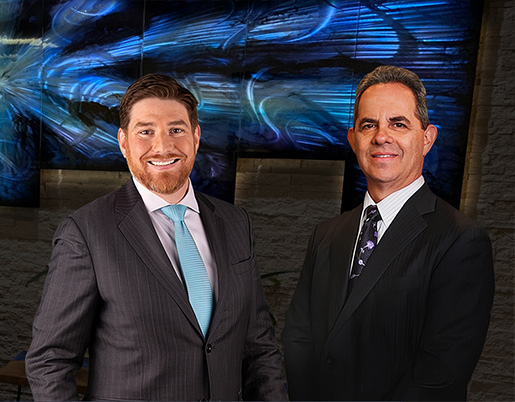The Department Of Transportation has delayed a ruling proposed by the National Highway Traffic Safety Administration (NHTSA), to make backup cameras mandatory on all passenger vehicles. The NHTSA was hoping the ruling would be finalized today, but the DOT has decided that further studies are needed in order to ensure the most protective and efficient rules possible. A law to improve and standardized rear visibility for vehicles was first introduced in 2008, but the deadline has been extended several times. The new rule requirements would see 10% of new vehicles equipped with backup cameras by the end of 2012, 40% by the end of 2013 , and 100 % by the end of 2014.
According to the NHTSA, over 17,000 people are injured and approximately 230 people die in backup accidents involving cars, trucks and SUVs. Statistics show that most on these accidents involve children, people with disabilities, and the elderly. It is estimated that using a camera to eliminate the rear blind spot could cut that number in half. Unfortunately, it could also add up to $200 more per vehicle for a total of approximately $3 billion to the auto industry, most of which would be passed on to the customer.
The NHTSA provides a 60-day comment period on this rule making that begins when the proposal is published in the Federal Register. The proposal and information about how to submit comments is at: http://www.nhtsa.gov/Laws-Regs







